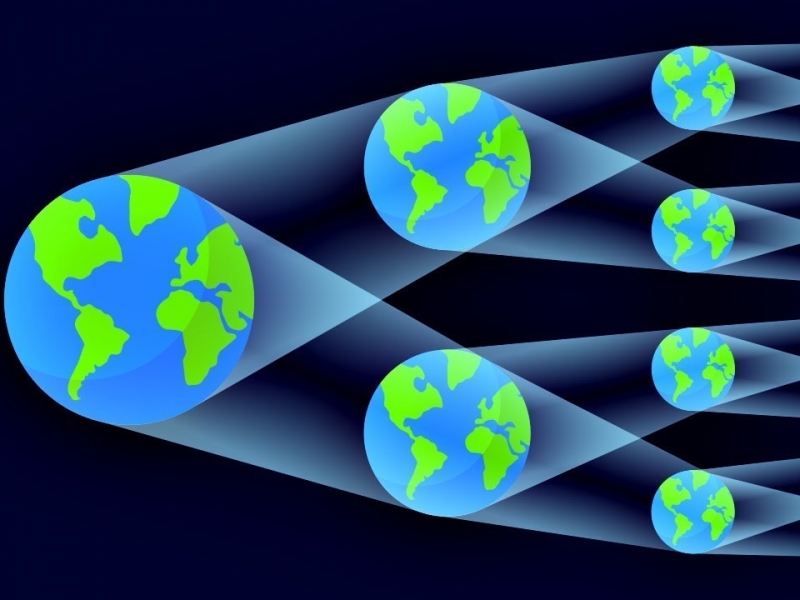The quantum part of quantum physics

Simultaneously with the physics of the atomic nucleus, the rapid development of elementary particle physics began. The discovered universal interconvertibility of elementary particles indicated that not all of these particles are elementary in the absolute sense of the word, but have a complex internal structure. 12 elementary fermions (with spin s = 1/2) and 4 bosons (with spin s = 1) have been experimentally discovered, not counting the corresponding antiparticles. Twelve fermions are divided into 3 generations, each of which has 2 leptons and 2 quarks. Names and designations of quarks (M. Gell Mann and G. Zweig, 1964) come from the English words: u - up, d - down, s - strangeness, c - charm, b - bottom (also beauty), t - top (also truth). Quarks have a fractional electric charge and serve as elementary components of strongly interacting particles. According to modern concepts, quarks are structureless. Each charged fermion has its own antiparticle. Whether neutrinos have antiparticles is still unknown. It is possible that they (at least some of them) are truly neutral, i.e. they are their own antiparticles. Such truly neutral neutrinos are called majorana, in contrast to the
usual ones, which are called Dirac. Currently, it is established that all neutrinos are majorana and their mass is different from zero. The available data limit the mass of all neutrinos to a value of 2...3 eV. This is the upper limit, perhaps the mass is much less. An undoubted achievement of modern physics is a clear understanding of the hierarchical structure of stable matter from the simplest fundamental particles to the universe. A stable substance is built of only three quarks – u, d and an electron.
Services
- Repair and maintenance of frequency converters
- Repair of servo controllers
- Repair of servo-controllers
- Machine control panels
- Panels operators
- Repair of industrial programmers
- Repair of flaw detectors
- Repair of transmitters and transmitters
- Repair of verification stands
- Laser installations
- Repair of Bosch Praesideo audio warning systems
- Automated Bosch Security Systems
- Machine Vision Systems
- PROFI BUS gateway systems
- Industrial computers repair and maintenance
- Repair of industrial robots
- Repair of industrial equipment
- Equipment commissioning
- Repair of controllers and control modules
- Repair of controllers and control modules
- Repair of controllers and control modules



